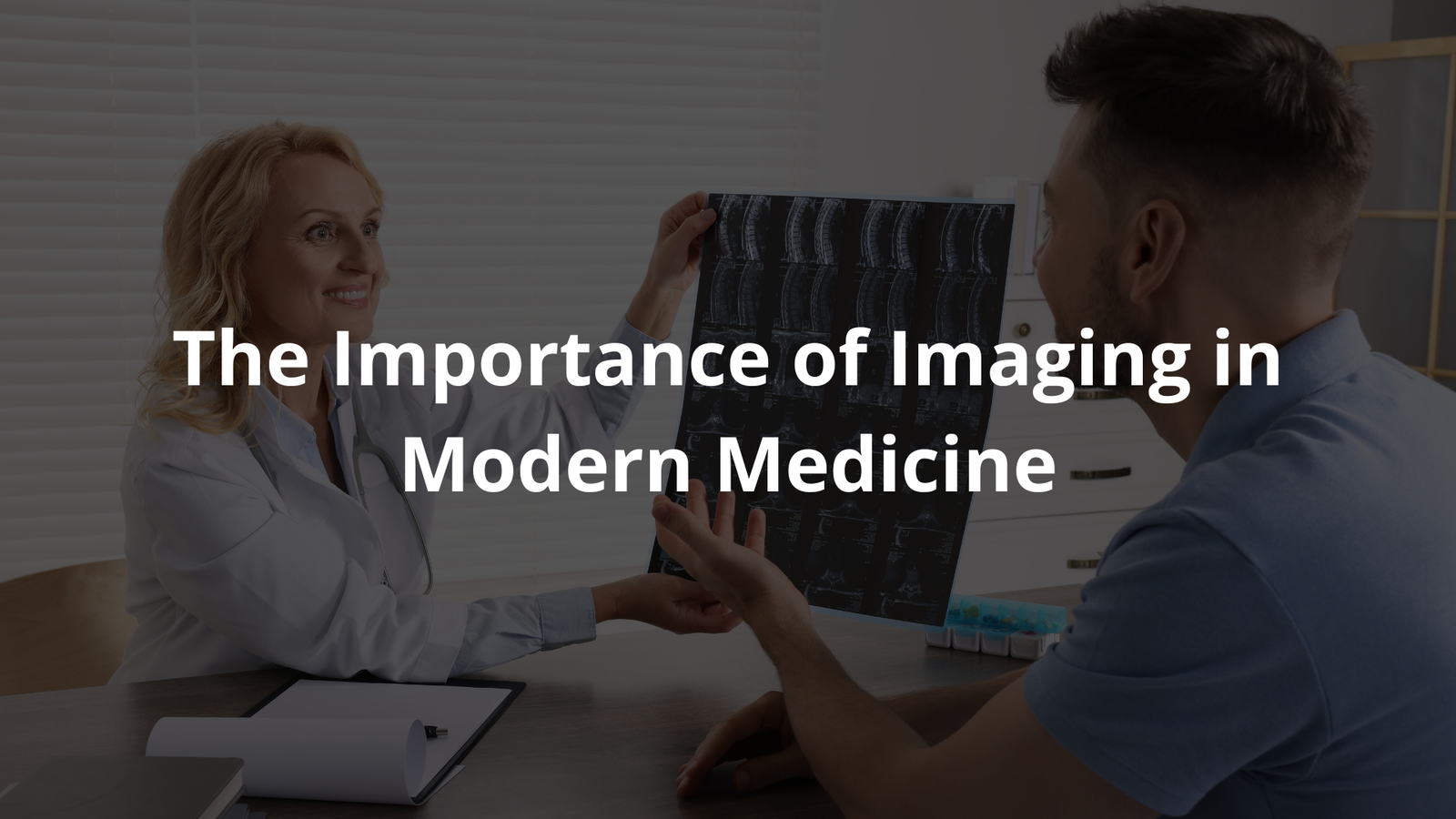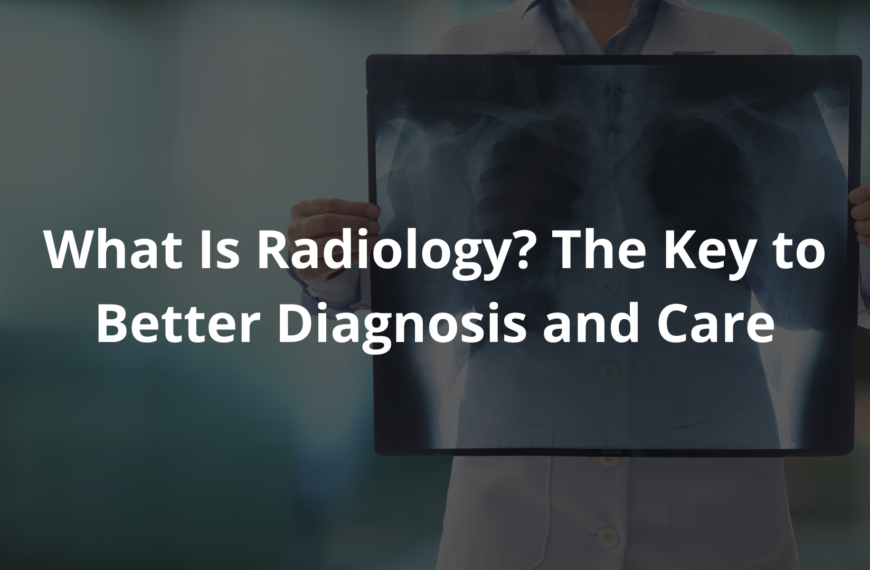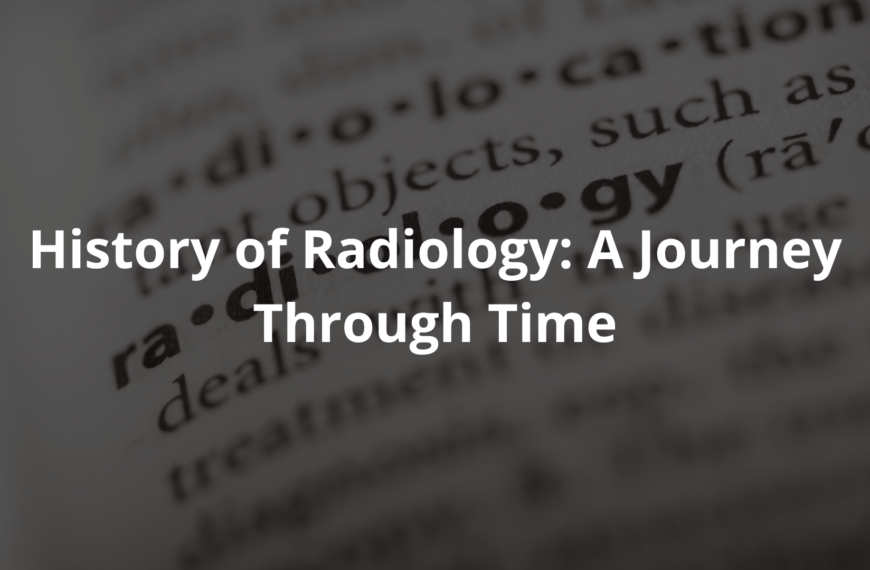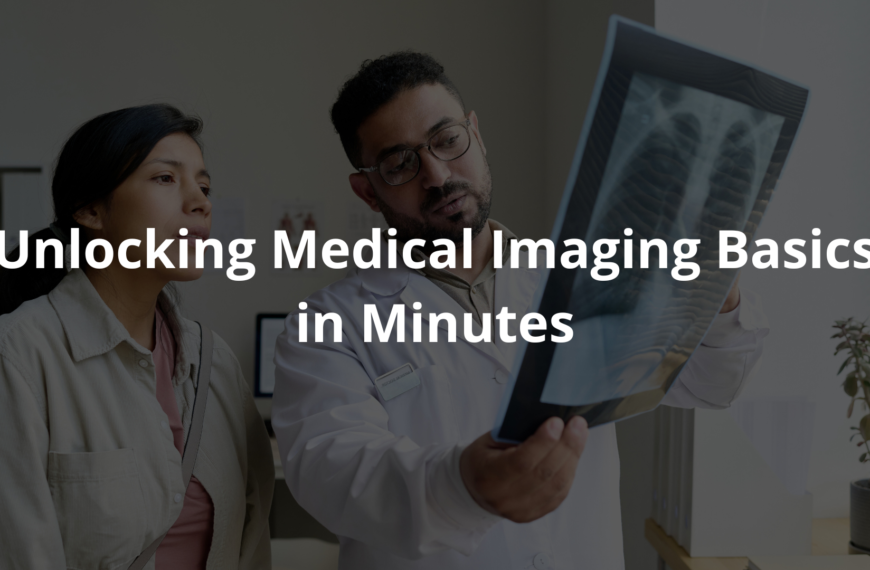Medical imaging, like CT scans and MRIs, helps Aussie doctors detect issues early, ensuring faster, safer treatments. Find out why it’s vital in healthcare!
Imaging plays a crucial role in healthcare, especially in Australia. It allows doctors to look inside the body without surgery, helping to detect issues early. Common imaging tests like CT scans, MRIs, and ultrasounds can reveal problems that may not be visible otherwise.
This leads to quicker and more effective treatments, improving patient outcomes. Not only does imaging guide diagnosis, but it also aids in monitoring progress during treatment. So, if you’re curious about how imaging transforms patient care and enhances health, keep reading to discover more about its importance in modern medicine.
Key Takeaway
- Imaging tests help doctors see what’s wrong inside the body.
- Early detection of diseases can save lives.
- New technology makes imaging safer and more accurate.
What is Imaging?
I once sat in a hospital waiting room, flipping through a well-worn magazine, when a nurse’s explanation to a patient caught my attention. She described a CT scan as “taking a detailed photo of the inside of your body using X-rays.” Her simple, clear words stayed with me because they captured the essence of medical imaging. It turns the unseen into something visible and understandable.
Doctors rely on imaging tests like CT scans and MRIs to understand what’s happening inside our bodies. Each type of test plays a specific role:
- CT Scans: These use X-rays to create sharp, detailed images, often for bones and injuries.
- MRIs: These work with magnets and sound waves to provide high-resolution images of soft tissues, such as the brain or muscles.
This technology isn’t just advanced—it’s indispensable for making medical decisions.
The Vital Role of Imaging in Healthcare
Medical imaging is foundational to modern healthcare, influencing about 80% of clinical decisions. That’s an impressive figure. Here’s why imaging matters so much:
- Early Detection: Imaging can identify conditions like breast cancer early, improving the chances of successful treatment.
- Precision in Planning: For surgeries or minimally invasive procedures, imaging pinpoints the exact problem area, ensuring safer and more effective outcomes.
In emergencies, imaging is often a lifesaver. A CT scan can quickly reveal internal bleeding or fractures, allowing doctors to act within minutes. Speed can make all the difference when seconds count. (1)
The Evolution of Imaging Technology
Advances in technology have revolutionised imaging:
- Digital Imaging: Offers clearer, more detailed pictures, which specialists can share instantly for collaborative care.
- Research Applications: Scientists use imaging to study diseases, helping them develop new treatments and understand complex conditions better.
Imaging has become a crucial tool not only for diagnosing and treating patients but also for driving medical innovation. (2)
Helping Plan Treatments

Imaging isn’t just about spotting what’s wrong—it’s about helping doctors decide the best way to fix it. Take a biopsy, for example. That’s when a doctor removes a tiny bit of tissue to check for cancer. Imaging helps them find the exact spot to take it from. It’s like having a GPS to guide you straight to the right place, making the whole thing safer and more accurate.
When doctors plan treatments, being precise really matters. Imaging gives them a clear view of what’s going on inside the body. Say a doctor needs to remove a tumour. Imaging shows how big it is and exactly where it’s sitting. This kind of detail helps doctors come up with a plan that fits the patient’s needs, often leading to better results.
Imaging in Emergencies
I vividly recall sitting in a hospital waiting room, the antiseptic smell lingering in the air as nurses and doctors rushed with purpose. Late that night, a man arrived with a head injury—his bandage streaked with blood. I overheard someone urgently call for a CT scan, and it struck me: these machines are the hospital’s eyes, offering clarity where guesswork won’t suffice.
A CT scan, or computed tomography, is more than a typical X-ray. It produces cross-sectional images—like slicing a loaf of bread to see each layer—giving doctors a detailed view of the body. Here’s why CT scans stand out:
- Speed: They take just a few minutes, which is critical in emergencies.
- Detail: They reveal what regular X-rays might miss, such as internal bleeding or subtle fractures.
In emergencies, CT scans are a game-changer:
- Hidden Injuries: Internal damage from car accidents or falls, like brain swelling or ruptured organs, can be life-threatening but invisible without imaging.
- Clear Diagnoses: CT scans pinpoint issues with remarkable accuracy, allowing doctors to act decisively.
For example, identifying a brain bleed’s exact location can guide surgeons to operate swiftly and effectively, saving crucial time.
Monitoring Treatment Progress
When cancer treatment begins, the goal is clear: shrink the tumour and prevent it from spreading. But knowing whether it’s working requires answers only imaging can provide:
- Monitoring Effectiveness: Follow-up scans reveal whether the tumour is shrinking, stable, or growing.
- Adjusting the Plan: If the treatment isn’t working, imaging helps doctors decide the next step—changing drugs, adjusting doses, or exploring surgery or radiation.
These scans act as a progress report for the body, guiding doctors and patients through the high-stakes journey of treatment.
Patient Safety and Comfort
I once witnessed a radiologist spend ten minutes talking to a nervous teenager before an MRI. She explained how the machine worked, reassured her that it wouldn’t hurt, and even allowed her to wear her favourite socks during the scan. That small act of kindness transformed the experience, turning tears into calm.
- Step-by-Step Explanation: Clear communication helps reduce fear and anxiety.
- Empathy and Patience: Offering reassurance and small comforts—like explaining what to expect—creates a sense of trust and safety.
Whether it’s for yourself or a loved one, feeling informed can significantly ease anxiety:
- Ask Questions: Understanding what’s happening can turn an overwhelming experience into a manageable one.
- Bringing Familiar Items: A favourite toy, blanket, or book can offer comfort to children, making them feel more secure.
- Trusting the Process: When patients feel cared for and informed, they’re more likely to participate fully, contributing to better outcomes.
Imaging rooms may feel cold and clinical at first, but the human element—compassionate communication, clear explanations, and small gestures—can make all the difference. Whether you’re undergoing an imaging test yourself or supporting a loved one, don’t hesitate to seek reassurance and create a comforting environment. Small acts of care can have a lasting impact on how patients experience their healthcare journey.
Working Together
In healthcare, every specialist brings a unique piece of expertise, but imaging provides the foundation for them to connect:
- Radiologists: They analyse scans like MRIs and CTs, spotting subtle details that might be invisible to others.
- Surgeons: Use the same images to map out precise surgical procedures, ensuring they target the right area.
- Oncologists: Rely on imaging to pinpoint tumours and guide treatment plans, whether through chemotherapy, radiation, or surgery.
Imaging brings these different perspectives together, helping doctors see the full picture as they collaborate.
Public Health Impact
It’s amazing to think about how much imaging technology can transform healthcare. In regions where tools like MRIs or ultrasounds are widely available, doctors are able to detect problems earlier—often before they become serious. Early detection can make a world of difference:
- Fewer Serious Conditions: Early diagnosis means fewer individuals face long-term health issues, benefitting both patients and the healthcare system.
- Improved Outcomes: Patients are treated sooner, reducing the risk of complications and severe illness.
Also, better imaging technology isn’t just about keeping individuals healthier—it benefits the entire community:
- Lower Costs: Prevention is often more affordable than treating advanced conditions.
- Improved Healthcare System Efficiency: By catching issues early, healthcare systems can reduce strain and allocate resources more effectively.
- Collective Wellbeing: A healthier community reduces the burden on hospitals, ensuring better care for all.
Better imaging technology isn’t just about individual health—it lifts up entire communities. Early detection through advanced imaging helps prevent serious illnesses, reduces treatment costs, and ensures a more efficient and supportive healthcare system for everyone.
FAQ
What is the role of body MRI in modern healthcare?
Body MRI plays a vital role in modern healthcare by providing high-quality, non-invasive imaging of the inside of the body. It allows doctors to see detailed 3D images of soft tissues, organs, and blood vessels without the use of ionizing radiation like x-rays or CT scans. This helps diagnose and guide treatment for a wide range of health problems, from cancer and heart disease to bone fractures and neurological conditions.
How does low-dose CT scanning work and what are the benefits?
Low-dose CT scanning uses advanced technology to produce high-quality 3D images of the body using much lower levels of radiation compared to traditional CT scans. This reduced radiation exposure is especially important for pregnant women, children, and others who may need frequent imaging exams. Low-dose CT plays a vital role in early diagnosis, monitoring, and treatment of conditions like lung cancer, heart disease, and bone mineral density.
What is the role of 3D ultrasound in modern healthcare?
3D ultrasound provides detailed, high-quality images that allow doctors to visualize the body’s internal structures, including the heart, blood vessels, and developing fetus in pregnant women. This type of imaging uses high-frequency sound waves rather than ionizing radiation, making it a safe option, especially for monitoring the health of pregnant women and their unborn babies. 3D ultrasound plays a crucial role in early diagnosis, guiding treatment, and monitoring health conditions.
How do gamma rays and magnetic fields work in medical imaging?
Medical imaging techniques like nuclear medicine and MRI rely on the use of gamma rays and strong magnetic fields to produce detailed images of the body’s internal structures and function. Gamma rays are used in nuclear medicine to create images that show how the body’s organs and tissues are working, while the magnetic fields in MRI scanners align hydrogen atoms in the body to create high-quality 3D images. These imaging methods provide valuable information to diagnose and monitor a wide range of health conditions.
What are the benefits of open access to medical imaging data?
Open access to medical imaging data, such as that available on government websites, allows researchers, healthcare providers, and the public to access a wealth of high-quality health images. This data can be used to train machine learning and deep learning algorithms to improve image analysis and support early diagnosis of conditions like cancer, heart disease, and brain tumors. Open access to this imaging data plays a crucial role in advancing medical science and improving patient outcomes.
Conclusion
Imaging is really important in healthcare. It helps doctors look inside our bodies to spot problems early and plan the right treatments. New technology makes these tests safer and more effective for patients. As imaging techniques keep getting better, they will probably be even more helpful for keeping us healthy. So, when you think about imaging tests, remember, they’re a key part of saving lives and taking care of patients!
References
- https://www.ranzcr.com/our-work/research/jmiro?searchword=importance%20of%20imaging%20radiology
- https://oarinfo.ca/radiologists/importance-radiology




